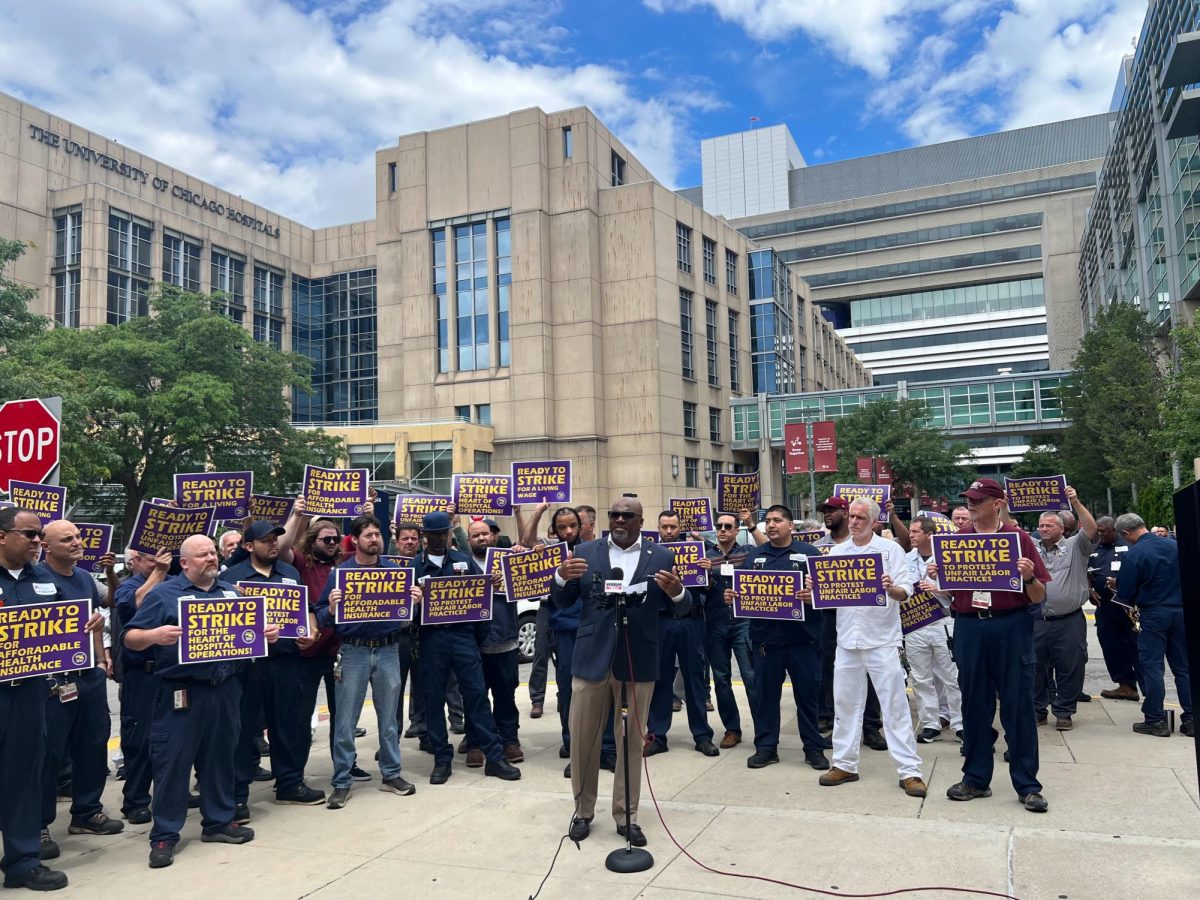[img id=”80085″ align=”alignleft”] The University is considering plans to build a hotel and conference center on the site of the former Doctors Hospital of Hyde Park after the U of C’s $10.1 million purchase of the 5800 South Stony Island Avenue site at a September 6 auction.
A full plan for the site will likely be released in three to six months, said Hank Webber, vice president for community and government affairs. It is likely that part of the site may be used for other purposes besides the hotel.
The U of C had been interested in acquiring the Doctors Hospital site since the former hospital went bankrupt in 2000, Webber said.
“It’s within a couple of blocks of campus, it’s a large vacant parcel, and it provides a place for future University needs without displacing current residents,” he said.
The 2004 U of C Master Plan identifies a need for a hotel near the U of C—the closest major hotel is the Ramada Inn at East 49th Street and South Lake Shore Drive—and recommends that a hotel be built at East 60th Street and South Stony Island Avenue by 2020.
Luxury condominiums are not “the highest and best use” of the site, Webber said.
The 3.5-acre site was assessed in 2005 at $413,293, according to the Cook County Assessor’s office. It is bordered to the north by apartments and to the south by a senior housing building.
Several other developers had been interested in the site, Webber said, but the “very long process”—plans to auction off the Doctors Hospital site have taken several years—probably dissuaded them.
Three or four other developers came to the auction, but only the U of C and the original owner placed bids, Webber said.
The Doctors Hospital operated from 1992 to 2000 before filing for bankruptcy after a Medicare/Medicaid overbilling scandal for which two senior officers at the hospital were convicted on felony charges.
It was built in 1915 as the Illinois Central Hospital, and is one of the Chicago Historic Resources Survey’s 9,600 citywide properties considered significant to the surrounding community.
The University will probably renovate the site. “In no case are we likely to maintain more than the façade of the building,” Webber said.
“It’s not in great shape, and it’s also a building designed as a hospital,” he said.
Some Hyde Park residents believe the University should consider the building’s historical significance in crafting future plans.
“It’s a solid, well built, beautiful building,” said Jonathan Fine, president of the historic preservation group Preservation Chicago, which has researched the building.
“I doubt that the interiors would be very historic,” he said. “We would encourage the University to retain as much of the exterior as they can.”
Jack Spicer, chairman of the Hyde Park Historical Society’s Preservation Committee, said the building has considerable architectural and historical significance.
It was built at the beginning of the development of modern hospitals, Spicer said, and the architect, Richard Schmidt, was an influential Chicago architect of the early 20th century who wrote a textbook on hospital design.
“It wouldn’t be difficult to take off the back wings and preserve the façade,” he said.
Due to the building’s historical status, applications to demolish or significantly renovate the former hospital are subject to 90 days of public comment. Any reuse of the building would also probably require a change in zoning.







